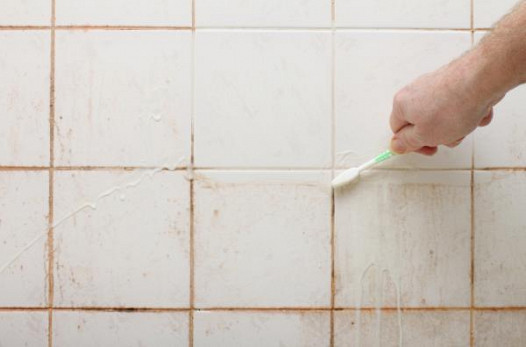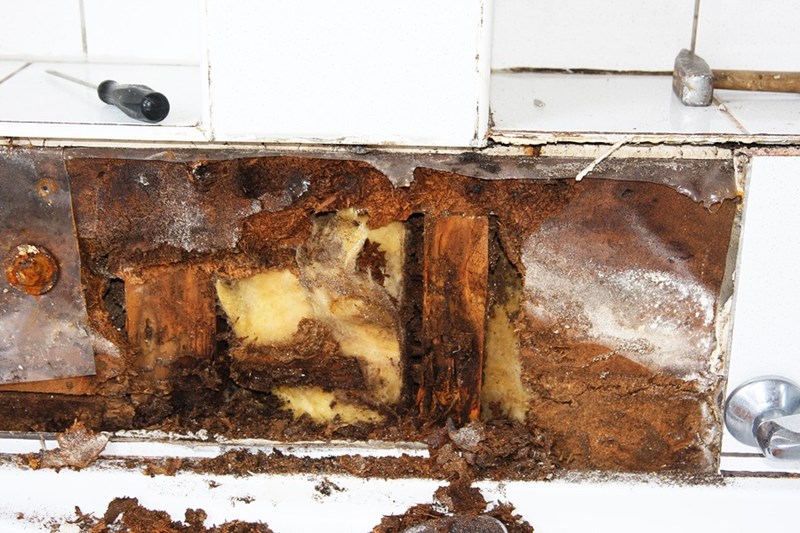How to Prevent a Water Damaged Bathroom
How to Prevent a Water Damaged Bathroom
Blog Article
This article which follows pertaining to How to Fix a Water Damage Bathroom is amazingly compelling. Read it for yourself and figure out what you think of it.

The washroom is exceptionally at risk for wet build-up as well as prospective water damage due to the constant use of water in it. This article supplies straightforward examination methods to help spotting water damages dangers.
The regular use of water in the bathroom makes it exceptionally susceptible for moist buildup as well as prospective water damage. By evaluating it on a regular basis, you can minimize water related damages.
The adhering to set of evaluations is very easy to do as well as should be done as soon as in every three months in order to keep your washroom healthy and to stop prospective water damages brought on by the tub, the shower, pipe joints as well as plumbing, sinks, cabinets, and also the toilet
Do not forget performing these assessments and be complete while performing them. Remember that these simple assessments can save you a great deal of cash by giving early indications for water damages
Bathtub as well as Shower
The shower and bath tub require unique attention and also maintenance. Examine the tiles and also replace if split. Ensure that there is no missing out on grout in between the tiles. Check and change split caulking at joints where the walls satisfy the flooring or the bathtub. Blocked drains pipes and pipes issues will certainly prevent the tub from drying out and may suggest significant problems below the bath tub. Consult with a professional promptly to stop structural damage. Focus on stainings or soft locations around the bathtub walls as they might show an inner leak.
Plumbing
Signs for water damage are difficult to find given that the majority of pipes are installed inside the walls.
Pay special interest to floor covering and also wall surfaces moisture and stains as they may indicate an unnoticeable plumbing issue. Examine dampness degrees in adjacent rooms as well.
Sinks and Cabinets
Sinks and cupboards are subjected to wetness and moisture day-to-day as well as are commonly forgotten. Evaluate regularly under the sink and on the countertop above it. Repair any drip in the trap as it may recommend drainpipe troubles. Check out the sink, slow-moving draining pipelines might suggest an obstructed drainpipe. Replace sink seals if they are broken or loose.
The Bathroom
The toilet is a susceptible water joint. Examine the water lines and also look for leakages around the bathroom seat, in the hose pipe, and under the water tank. If you spot any signs of wetness on the floor around the bathroom, look for leakages in the toilet rim and tank seals.
Be aware that hanging commode dish antiperspirants enhances the chances for clogs.
Water Damage Signs In The Bathroom To Avoid Cleanup
Musty smell
This is one of the easiest signs to catch because musty smells are so odorous. The damp, earthy, moldy smell should be a big red flag. The smell will develop when moisture gets trapped in surfaces, and begins to facilitate mold growth. Leaking pipes under cabinets, inside walls, and behind shower fixtures will cause moisture to stay trapped and not dry, which will lead to mold growth and spread. As soon as you notice any musty smells in your bathroom, have it checked for hidden water damage and cleanup signs.
Visible mold
If the smell isn’t there to give it away, sometimes you will actually see mold growth. Finding mold in your bathroom is a serious problem, because mold is very harmful to your health. By the time mold growth is visible, it also means that water damage has already occurred and been present for some time. The only way the mold problem can be resolved is to find the source of the moisture and get it stopped. To safely and adequately remove mold, you need to have professionals handle the remediation. Do not waste any time in getting mold problems addressed, fixed, and sanitized so that you can protect you and your family from the many respiratory symptoms caused by mold exposure.
Damaged floors
Bathroom floors should be able to withstand some exposure to water while still remaining in good condition. However, when excess exposure or water leaks occur, they will begin to damage even the most water-resistant flooring. If you notice any cracking, bubbling, staining, or warping on your bathroom floors, there is probably a water leak somewhere causing the distortion. If you notice areas of the floor have become softer, or even have a spongy feeling, there is probably damage to the subfloor. Subflooring is typically made up of plywood. When plywood is exposed to water or moisture, it will absorb it. Once it has become saturated, the weight of the excess water will cause the wood to swell and soften. Check the floors in your bathroom frequently to catch any of these sings before they lead to damaged subflooring.
Changes on walls
When water leaks behind walls, it will cause changes in the drywall. Peeling plaster, blistering paint, and soggy wallpaper are all good indicators that excess water is building up behind the wall. Water leaking behind drywall will cause it to swell and be soft to the tough. If you start to notice gaps along the trim of your walls, or where tile meets the wall, it could also be a strong indicator that there is a leak behind the wall. Any changes, distortion, or damage on the walls should be evaluated as soon as you notice it to prevent further water damage and cleanup.

I was shown that editorial on Preventing Water Damage in the Bathroom from a friend on a different web address. If you please take the time to promote this entry if you enjoyed reading it. I truly appreciate reading our article about Common Causes of Water Damage in a Bathroom.
Get Estimate Report this page